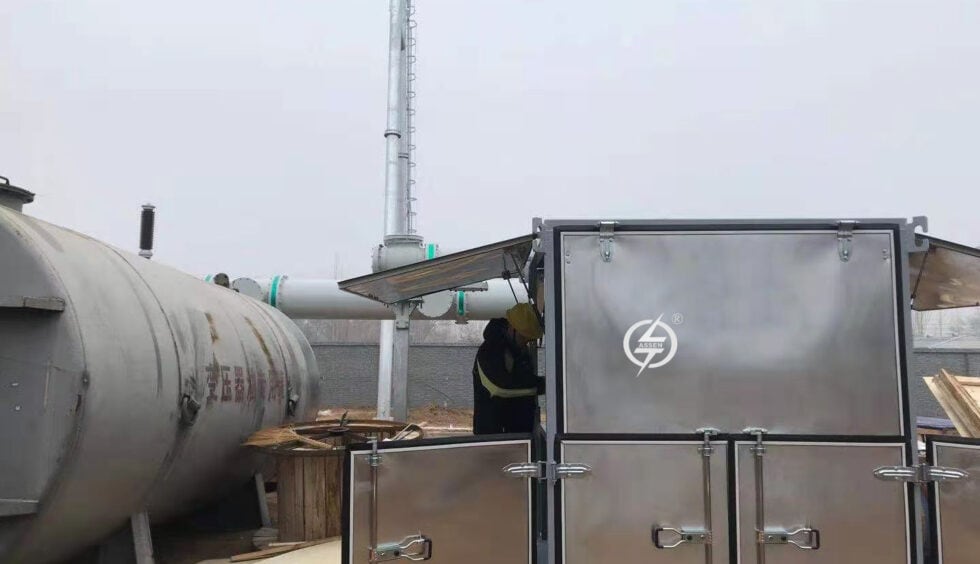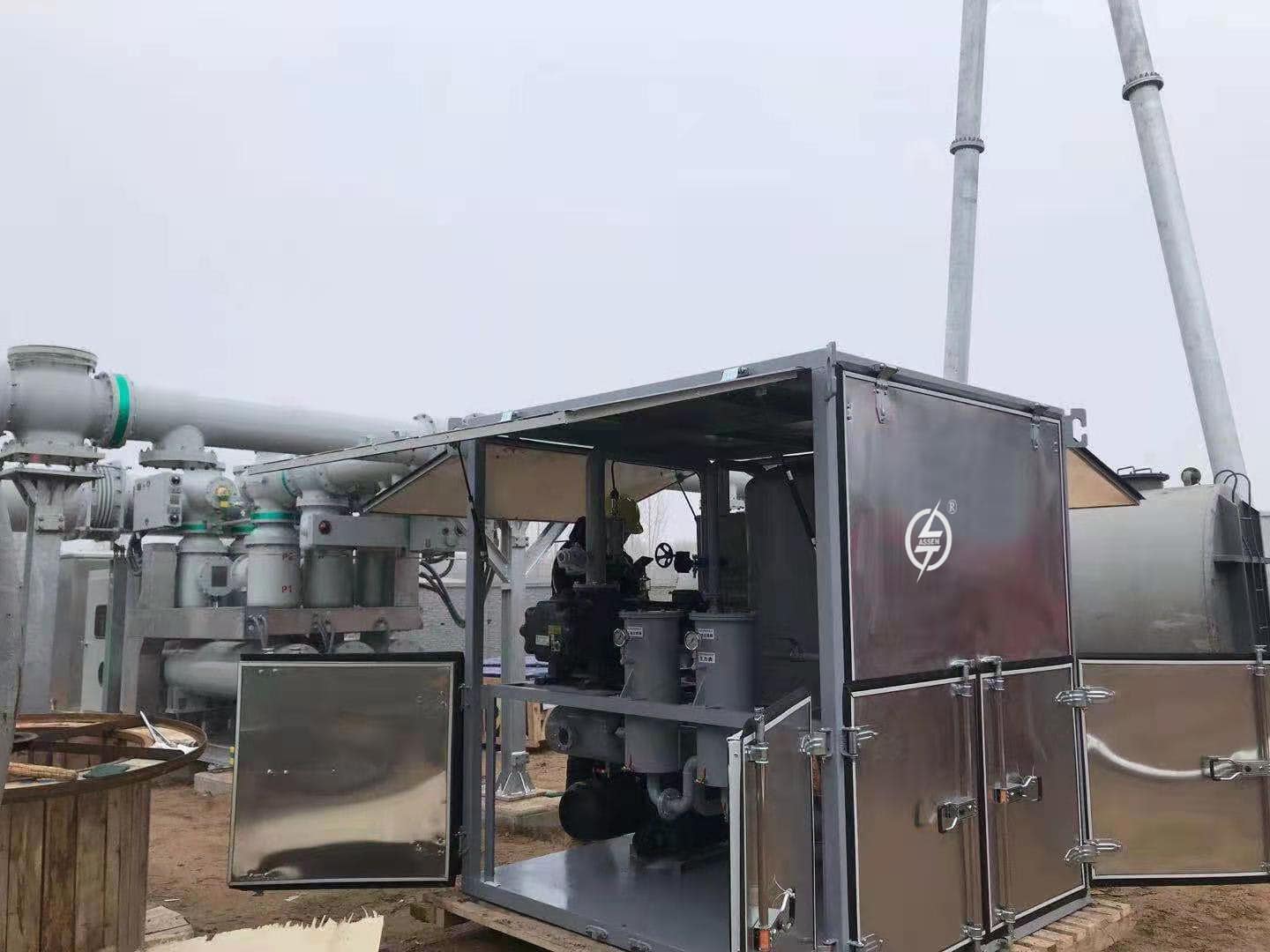Tips of Power Transformer Maintenance Schedule
Why maintenance of power transformer is required?
Transformer is an extremely important electrical equipment in the power transmission system, but due to various reasons, it sometimes fails during operation. According to the nature of maintenance work, Power transformer maintenance is divided into major repairs and minor repairs. It is customary for oil-immersed transformers to be overhauled if they need to discharge the oil hanging core (or lift the bell jar) for maintenance; Carrying out Oil Treatment Plant is called minor repairs.

1.General process of power transformer maintenance schedule
a. Clean the casing and check the porcelain casing for discharge damage;
b. Check whether the fastening bolts at the top of the casing are loose or overheated;
c. Clean accessories such as transformer oil tank and oil conservator, safety air passage and pressure regulating device;
d. Check the dust and other debris deposited in the cover of the pressure relief valve;
e. Check whether the oil level of the oil conservator is normal, whether the oil level gauge is in good condition and clean, and discharge the oil in the sewage collection basin;
f. Check the respirator and replace the desiccant that fails and changes color;
g. Supplement the insulating oil of the transformer body and the oil-filled bushing;
h. Check whether the radiator has oil leakage and whether the cooling fan is normal;
i. Check oil temperature of the upper layer;
j. Check whether the gas relay has oil leakage, whether the valve opening and closing is flexible and reliable, and whether the insulation of the control cable is good;
k. Check the grounding wire of the transformer shell and the neutral point grounding device;
l. Check the operation control circuit of the on-load tap-changer, the transmission part and its contact action, and clean the inside of the operation box;
m. Take oil samples from the transformer body and oil-filled bushings for testing, and take oil samples from the transformer body and capacitive bushings for chromatographic analysis;
n. Deal with defects such as seepage and oil leakage that can be done on site;
o. Carry out electrical tests for specified items.
When the electrical test and oil test show that the results are unqualified, it needs to be overhauled. According to the on-site situation, it is judged whether the transformer can be hanging core inspection, and then the relevant maintenance operations are carried out.
A hood inspection(transformer maintenance services) is required in the following three cases
a. After 5 years of operation
b. After the main transformer running in the power system is subjected to a short circuit at the outlet, after comprehensive diagnosis and analysis, it can be considered for overhaul in advance.
c. The transformer in operation should be overhauled in advance when abnormal conditions are found or internal faults are found through tests.
2. Overhaul items in power transformer maintenance schedule
a. Lift the bell or lift out the body for maintenance
b. Overhaul of coils, leads and magnetic shielding device
c. Inspection of iron core, iron core fasteners such as through-core screws, clips, pull tapes, straps, etc), pressure nails, connecting pieces and grounding pieces
d. Overhaul of fuel tank and accessories, including casing, moisture absorber, etc.
e. Maintenance of auxiliary equipment such as coolers, oil pumps, water pumps, fans, valves and pipes
f. Maintenance of safety protection devices
g. Calibration of temperature measuring device and calibration of gas relay
h. Overhaul and test of operation control box
i. Maintenance of off-excitation tap-changer or on-load tap-changer.
j. Replacement of all gaskets and component leak testing.
k. Dry the insulation of the body if necessary.
l. Transformer oil treatment or replacement.
m. Test and trial operation after overhaul.
n. Technical transformation projects that can be combined with the overhaul of the transformer maintenance schedule (such as strengthening the mechanical strength of the oil tank, changing the internal grounding device of the body to external grounding, improving the oil level gauge, and adding sealing devices to the oil conservator).
o. Finally clean the fuel tank and spray paint
3. Overhaul site conditions
a. The bell hood (or body) should generally be carried out indoors to keep the body clean; if it is carried outdoor, it should be on a sunny day; the time when the body is exposed to the air is stipulated as follows: relative air humidity When it is not more than 65%, it shall not exceed 16 hours; when the relative air humidity is not more than 75%, it shall not exceed 12 hours;
b. In order to prevent condensation on the body, the temperature of the body should not be lower than the ambient temperature, otherwise a vacuum oil filter should be used to circulate the heating oil to heat the transformer, so that the body temperature is 5℃ higher than the ambient temperature.
c. The inspection of the body should be carried out by a special person, and the dress should meet the regulations. Lighting should use safe voltage. Ladders are not allowed to lean on the coils or leads, and operators are not allowed to step on the coils and leads.
d. The tools used for inspection of the body should be kept and registered by a special person to prevent them from being left in the fuel tank or on the body; ventilation should be considered when working in the box.
e. The disassembled parts should be cleaned and properly stored in a classified manner. If they are damaged, they should be repaired or replaced.
f. Disassembly sequence: small instrument and casing comes first, then disassemble the large components; the assembly sequence is reversed.
g. After the cooler, pressure relief valve (or safety air passage), oil purifier and oil conservator are removed, they should be sealed with a cover plate, and qualified transformer oil (or take other moisture-proof sealing measures).
h. Casing, oil level gauge, thermometer and other vulnerable parts should be properly stored after dismantling to prevent damage and moisture.
i. After assembly, check the valves of cooler, oil purifier and gas relay, and open or close them according to regulations.
j. The upper vent holes of the casing riser, the upper pipe hole cover, the cooler and the oil purifier should be exhausted several times until they are exhausted, and then resealed and wiped off the oil stains.
k. When removing the off-excitation tap-changer operating lever, the position should be recorded and marked; when it is removed, the tap should be debugged at the rated position (or according to the manufacturer’s regulations) .
l. All components of the assembled transformer should be intact.
A vacuum oil purifier is an indispensable equipment in the transformer maintenance schedule. ASSEN can provide personalized filtration equipment according to the different needs of customers. Please feel free to contact us for more information.




